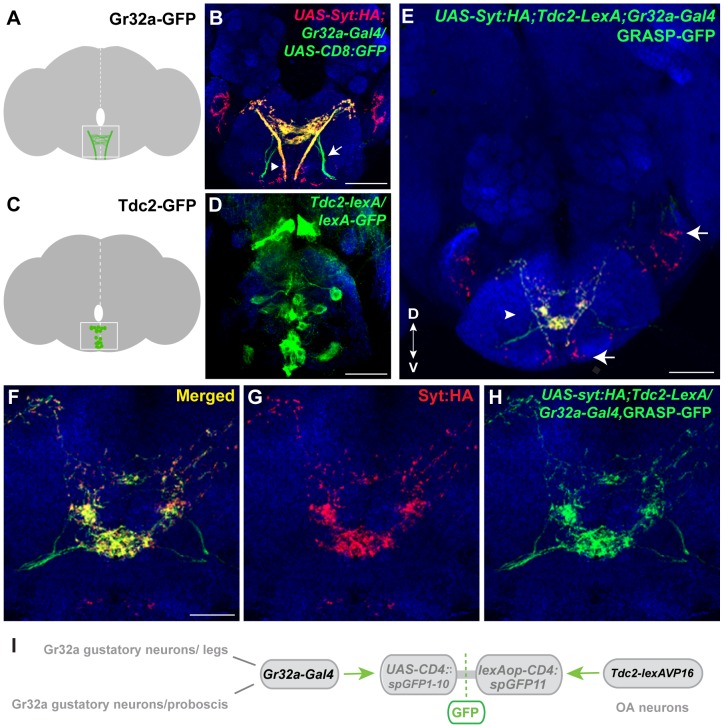Figure 1. Gr32a neurons contact OA neurons in the suboesophageal ganglion.
(A) Schematic depicting the SOG region targeted by Gr32a axons visualized in panel B. (B) Axons and presynaptic terminals of Gr32a-expressing neurons identified by immunofluorescence to CD8:GFP and the synaptotagmin:HA fusion protein in UAS-sytHA;;UAS-CD8:GFP/Gr32a-Gal4 progeny (green, anti-CD8, Invitrogen; red, anti-HA, Roche). Sensory neurons from the labellum project through the labial nerve (arrow), mouthpart neurons project through the pharyngeal/accessory nerve, and neurons from thoracic ganglia project via the cervical connective (arrowhead). Scale bar represents 30 µM (C–D) A subset of Tdc2-positive neurons located in the SOG in a schematic (C) and with GFP expression driven by the Tdc2-LexA line (Tdc2-LexA;lexAop-rCD4:GFP. Cell bodies are visible (D) with extensive arborizations apparent in a series of optical sections ventral to the cell bodies (Figure S1). (E) GRASP-mediated GFP reconstitution is observed between Gr32a neurons expressing CD4::spGFP1-10 and UAS-syt:HA (red, anti-HA, Roche) and OA neurons expressing CD4::spGFP11. GRASP reconstitution is detected by immunofluorescence using a rabbit monoclonal GFP antibody (Life Technologies). Regions in the SOG with only syt:HA expression are indicated (arrows) in addition to GFP-reconstitution contacts that show co-localization with syt-HA expression (arrowhead). Scale bar is 50 µM. (F–H) Optical sections of the same brain at higher magnification showing GRASP-mediated GFP reconstituted expression (H), syt:HA localization (G) and clear overlap or close association at synaptic-like puncta in the merged channel (F). Scale bar represents 20 µM. (See also Figure S2.) (I) Schematic representation of the GRASP reporter lines combined with the Gr32a-Gal4 and Tdc2-lexA driver lines.

